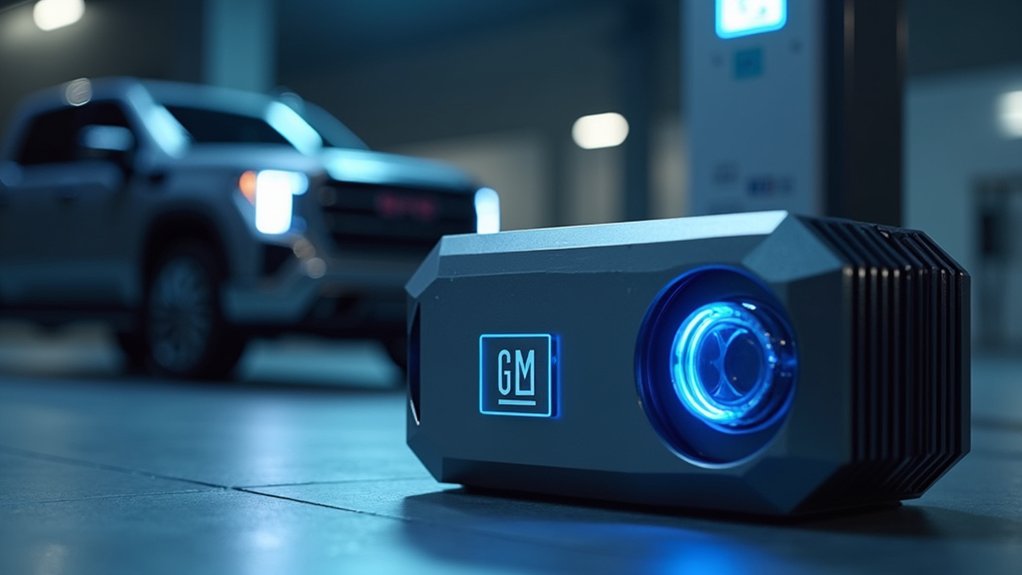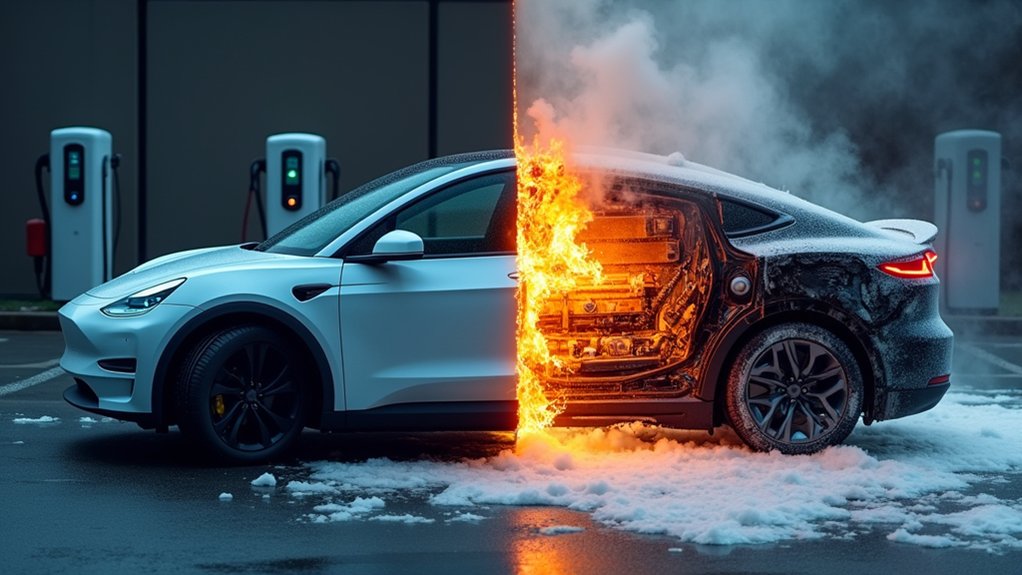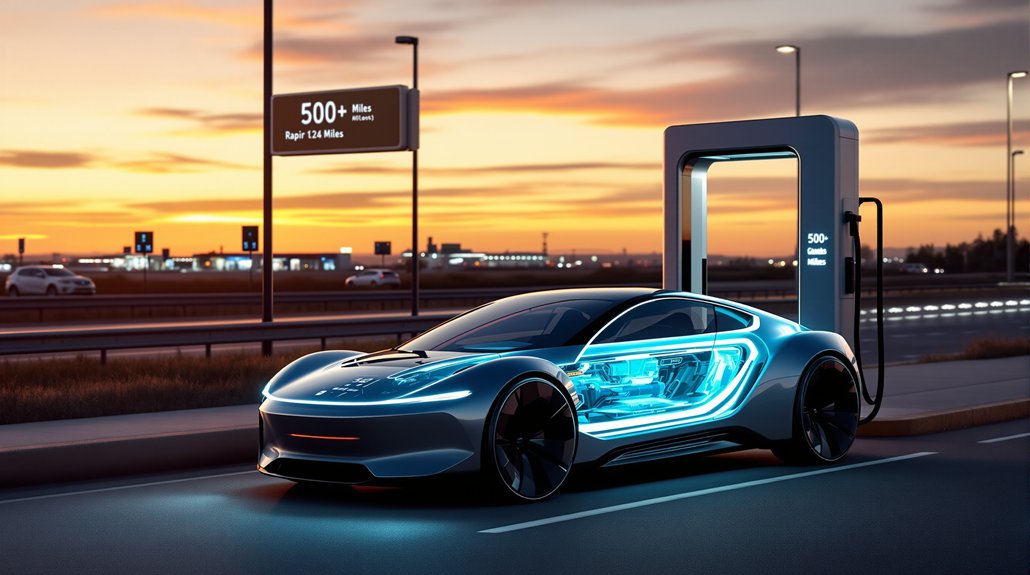As electric vehicles proliferate on global roadways, the inherent fire risks associated with conventional lithium-ion battery technology have become increasingly problematic for manufacturers and consumers alike. Current lithium-ion batteries utilize volatile organic solvents that pose significant hazards, particularly when operating temperatures exceed 60°C. These flammable electrolytes represent the Achilles’ heel of otherwise promising energy storage solutions.
Battery researchers have turned their attention to developing alternative electrolyte compositions with inherent flame resistance. The most compelling advancements involve liquid-state polymer electrolytes engineered to maintain the ion conductivity of conventional systems while eliminating combustibility. I’ve examined several of these formulations that maintain functionality even when pushed to 100°C—far beyond the safety threshold of standard electrolytes.
Salt-based solid electrolytes represent another promising avenue, demonstrating remarkable thermal stability and chemical resistance at elevated temperatures. These materials effectively eliminate the thermal runaway cascade that typically transforms a minor battery fault into a catastrophic fire event. The integration of increased salt concentrations in polymer-based systems has yielded electrolyte formulations with enhanced flame resistance without sacrificing critical ion mobility. Salt batteries operate at approximately 300°C operating temperature, making them inherently non-flammable and suitable for high-risk environments.
Sodium battery architectures incorporating fireproof electrolytes merit particular attention. Using common salt and nickel powder materials in cathode construction, these batteries form a sodium metal anode during charge cycles—a cost-effective approach that sidesteps lithium’s supply constraints and elevated price point. Tests have shown these electrolytes can allow batteries to undergo 400 recharge cycles while maintaining performance. Advanced Battery Management Systems monitor these innovative electrolytes to ensure optimal temperature control and prevent potential safety issues.
The manufacturing implications are substantial. Many of these fireproof electrolytes utilize familiar salts and solvents, permitting adaptation to existing production lines without wholesale equipment replacement. This compatibility factor cannot be overstated; even breakthrough technologies falter without practical implementation pathways.
For electric vehicle manufacturers, these advancements couldn’t come soon enough. Batteries utilizing fireproof electrolytes not only enhance passenger safety but also reduce cooling system requirements, potentially boosting range and performance. The shift from flammable to fireproof battery chemistry represents a watershed moment for electrified transportation—safety without compromise.








